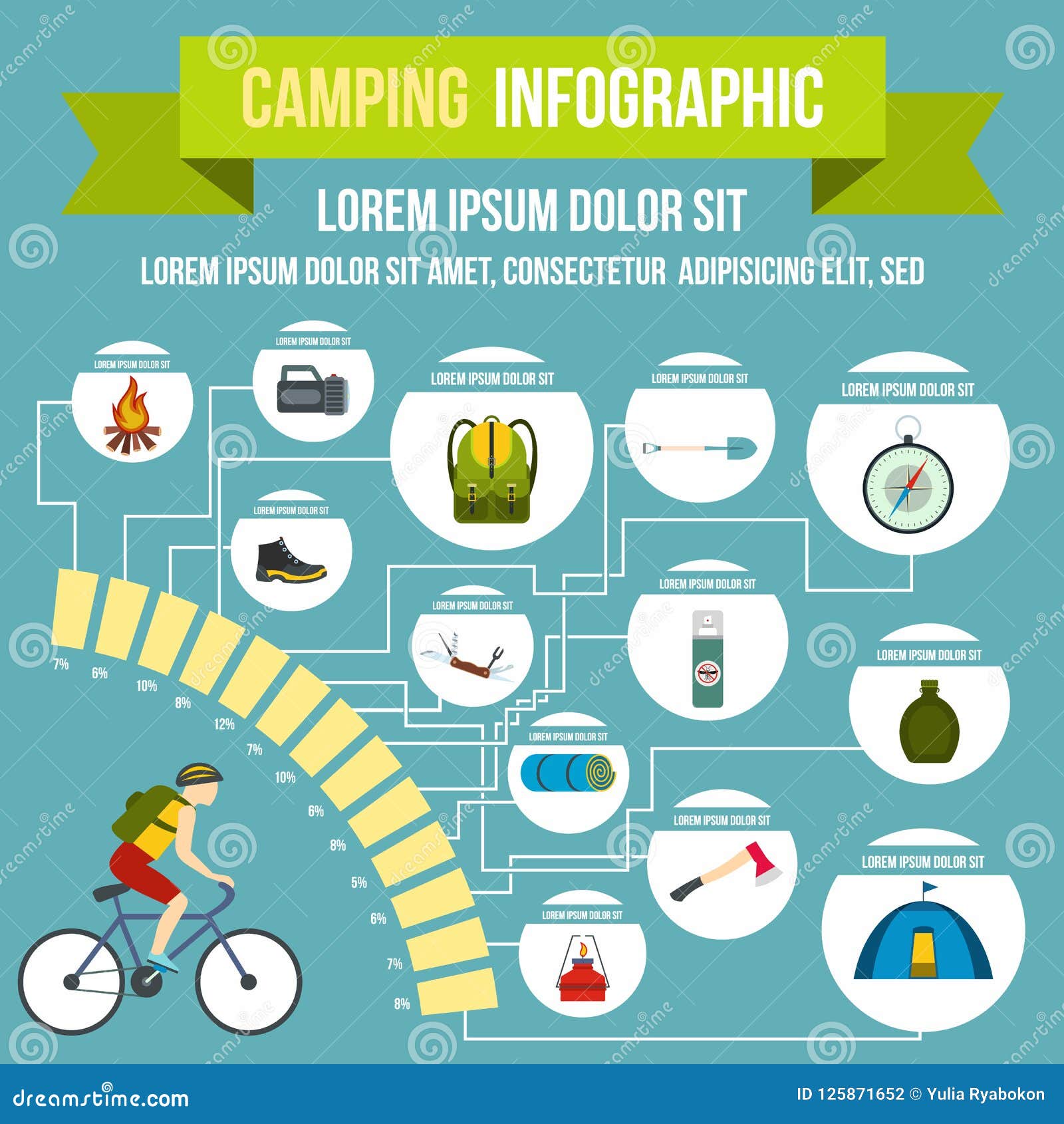A camping tent isn't as difficult to set up as it could appear. With method, it can be done in concerning 10 mins or less.
How do you waterproof a bell tent?
Initially, spread out the groundsheet or tarpaulin. Next off, construct the tent posts (most are folded and held together by shock cable.) Each end fits into a port on the tent or via plastic clips that break on to completions.
Area
Choosing the right place for your outdoor tents is essential to a comfortable outdoor camping experience. It is very important to pitch your camping tent in an area that is free of rocks, branches and various other trip threats. Furthermore, you must pick an area that is well away from cooking and restroom locations to prevent the smoke of campfires and other camping site activities from drifting into your camping tent.
Furthermore, you need to search for a level place that is at least as large as your tent. It's also a good idea to put down a ground cloth to secure your camping tent from stumbling and various other problems.
If you don't have stakes, pare some branches down to make them long enough to secure your tent. Additionally, you can make use of broken tree branches. These are usually sturdier than the sticks that come with your tent. When possible, it's best to practice setting up your tent in your home prior to your journey to guarantee you recognize just how to do it correctly.
Poles
Typically, tents have either one post for each and every end that create a triangular or numerous tiny, straight tent poles. Some outdoors tents additionally have a rainfly that provides added defense from wind and rainfall. Examine the outdoor tents's guidelines for info on just how to set up the poles and the rainfly.
Discover a level place that is large enough for your camping tent, devoid of sharp rocks and branches and low places where water can gather. Put down the footprint or ground cloth and set up the tent body, matching each corner of the outdoor tents to the edge of the footprint.
Then fit the outdoor tents posts into their sleeve or clip at their connection factors in the outdoor tents textile and increase the camping tent. Tie down the tent with ropes or risks, relying on your camping site surface area. Think about using shock cable such as dyneema core instead of regular cord at risk points as it has much less stretch and holds the camping tent a best camp fan lot more solidly.
Rainfly
Prior to you leave, if it's not raining, shelter your backpack and any kind of outside stuff pocket from the climate to maintain your gear completely dry. Also, if the tent is wet and you're leaving in the rain, guard it as long as possible (under your pack or a tree).
Prior to you start doing away with your outdoor tents, take a minute to lay down a ground cloth or impact (optional). This will help maintain dirt and debris from getting in the camping tent where you'll rest. It will likewise give added insulation from the cold.
Man Lines
Since you have actually checked out and adhered to the directions, popped in your outdoor tents poles and obtained your rainfly in place (and it resembles a camping tent), it's time for the guy lines. Like a ship requires anchors, your outdoor tents needs these added support lines to ensure architectural stability despite wind and various other weather condition elements.
The majority of camping tents have little loopholes, called man loopholes or man line loopholes (some rainflys likewise have grommets), that you can utilize to connect the person line to. Otherwise, you can also make use of a larks foot or executioner's noose knot to attach the cost-free end of the line to a risk or various other support. Ensure your support is pushed in at a 45-degree angle, to boost the resistance to pressures pulling on the man line. The tension on the lines need to be tight adequate to preserve camping tent form and security, however not so limited that it places anxiety on the tent fabric or joints.
